Caperberries are like oblong stripy olives, each of which is attached to a stalk, not unlike cherries.
Green in colour and full with satisfyingly crunchy seeds they are an obsession of mine here in Italy. Sold pickled in jars or in plastic boxes filled up with brine, they are a great addition to meals.
Thanks to their distinctive taste, caperberries can more than hold their weight served by themselves as a light starter or a nibbling option. Alternatively, they can also be added to salads, pan-fried or roasted, and incorporated in dishes in several other ways. As for me, I prefer them as they are, straight out of the jar, their stalks turning them into the perfect finger food.
The thing is, you can never be satisfied with just one caperberry. The salty, sour yet invigorating taste make you keep picking one after the other.
I first came across caperberries at a hotel in Verona about three years ago. Among the lavish breakfast spread I noticed a bowl filled up with these exotic looking little capsules. They didn’t seem like anything I had seen before. Still, always happy to try new foods, I took a few and placed them on my plate.
Holding onto the stalk, I gingerly bit off the fleshy oblong fruit and was taken aback by its textures and its flavour. With its chewy outer capsule and its crunchy seeds inside, the caperberry provided a little explosion of briny droplets and lemony taste. I was converted.
‘What are these?’, I asked one the waiters looking after the breakfasting guests.
With an Italian aplomb and emphasising the double consonant, he replied:
‘Fiori di cappero!’
Or caperberries as they are slightly less excitingly called in English.
But… Caperberries… Capers… What’s the difference after all, you may ask.
Both capers and caperberries come from the same plant – the caper bush which is also called Flinders Rose (in Latin Capparis Spinosa). The capers are the unopened buds of the bush. They are harvested right before they bloom into delicate white flowers. The caperberries, on the other hand, are the bush’s fruits. Basically, if you don’t pick the capers (the unopened buds) and let them flower, once the bloom has gone, you will be left with the bush’s fruit, i.e. the caperberry.
Both capers and caperberries are traditionally pickled or brined and have been enjoyed by people for thousands of years. Caperberries are even mentioned in Pliny’s Natural History, they feature several times in the Talmud and once in the Bible. Apparently, their Hebrew name derives from the Hebrew word for ‘desire’, as it has long been considered that caperberries have aphrodisiac properties.
The caper bush is typical for the Mediterranean region, where it spread from Asia Minor and Ancient Greece. It prefers limestone rich soils, doesn’t require much water and it can easily grow even on old walls and in the fissures of rocks. It is nowadays being cultivated as far afield as California, such is the demand for its buds and fruits.
In Italy caper bushes are grown in Sicily, Sardinia, on the small island of Pantelleria (known for producing the world’s best capers) and even round Lake Garda.
Another difference between capers and caperberries is their taste. The former are much more acidic and with a much more pronounced flavour than the latter.
On the other hand, caperberries look so stonking instagrammable with their oblong shapes and long stems.
Apparently, the caperberries emit a rather strong smell, when they are fresh, which is completely gone once they have been pickled. Unfortunately, I am as of yet to see a caper bush in person or a caperberry in its raw state. But, for what it counts, I have had my fair share of the berries in their pickled variety to last me a lifetime and I am not stopping yet.
As since that very first moment at the Verona hotel, we have been through dozens of jars of caperberries. We also did try them out of one of those large plastic boxes with brine they sell them in Italian supermarkets. Still, we remained fans of the ones in jars. As the caperberries sold in boxes – although huge in terms of size – seemed much squishier and definitely less piquant.
What do you think? Jars of boxes? And what is your experience with caperberries?
Thank you for reading! Please, leave me a comment, pin the image below or use the buttons right at the end to share it on social media.
For more stories and photos like this you can follow me on Facebook and subscribe to my weekly strictly no-spam newsletter.

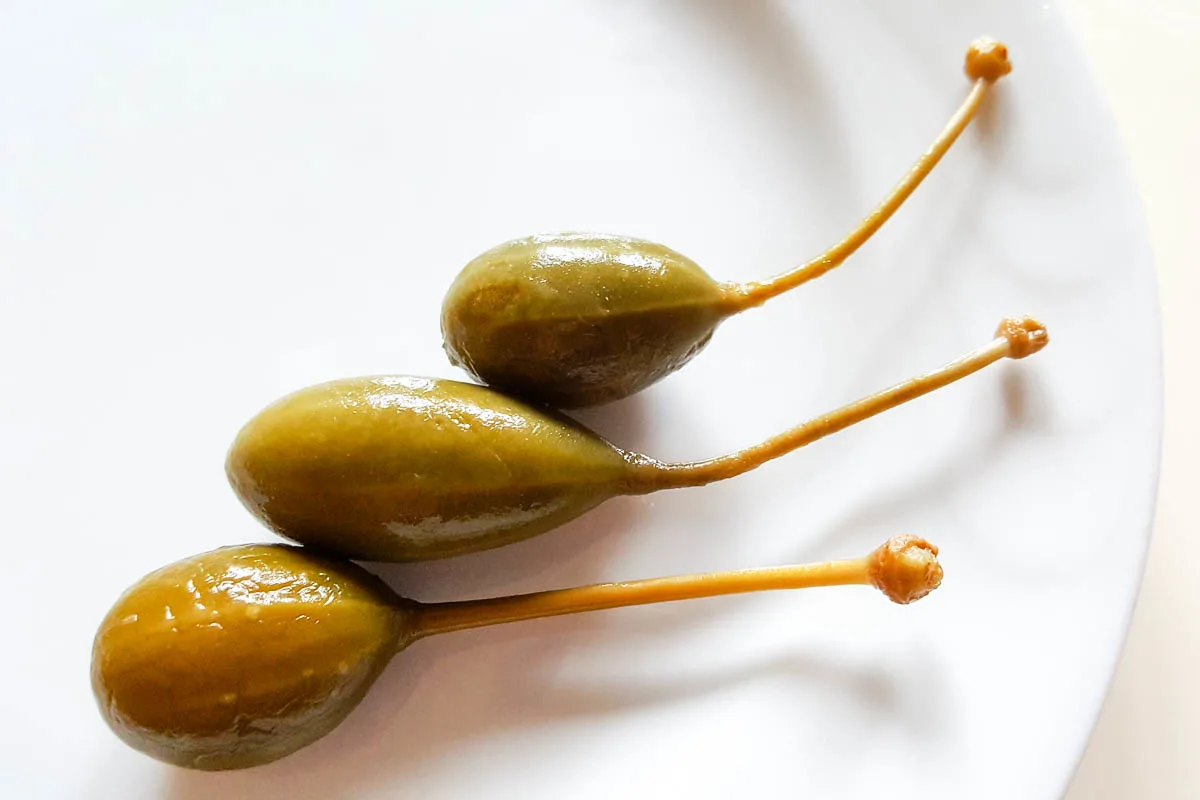
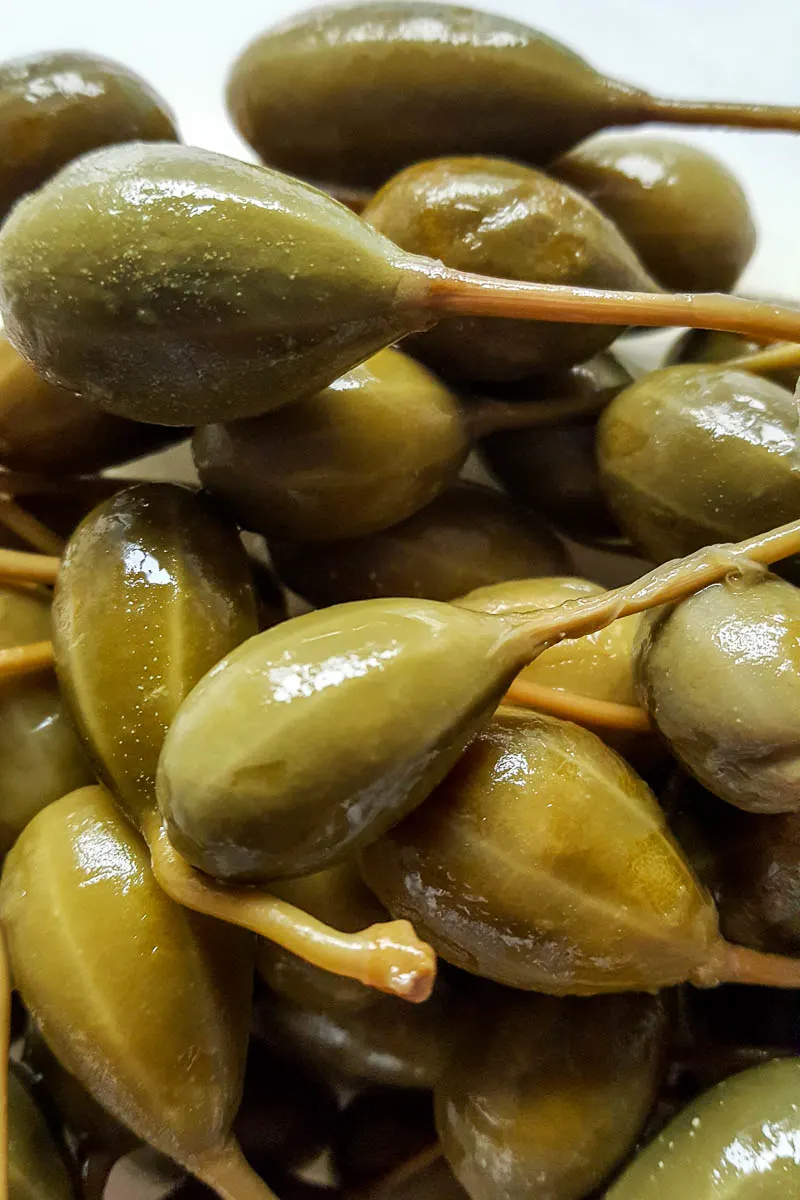
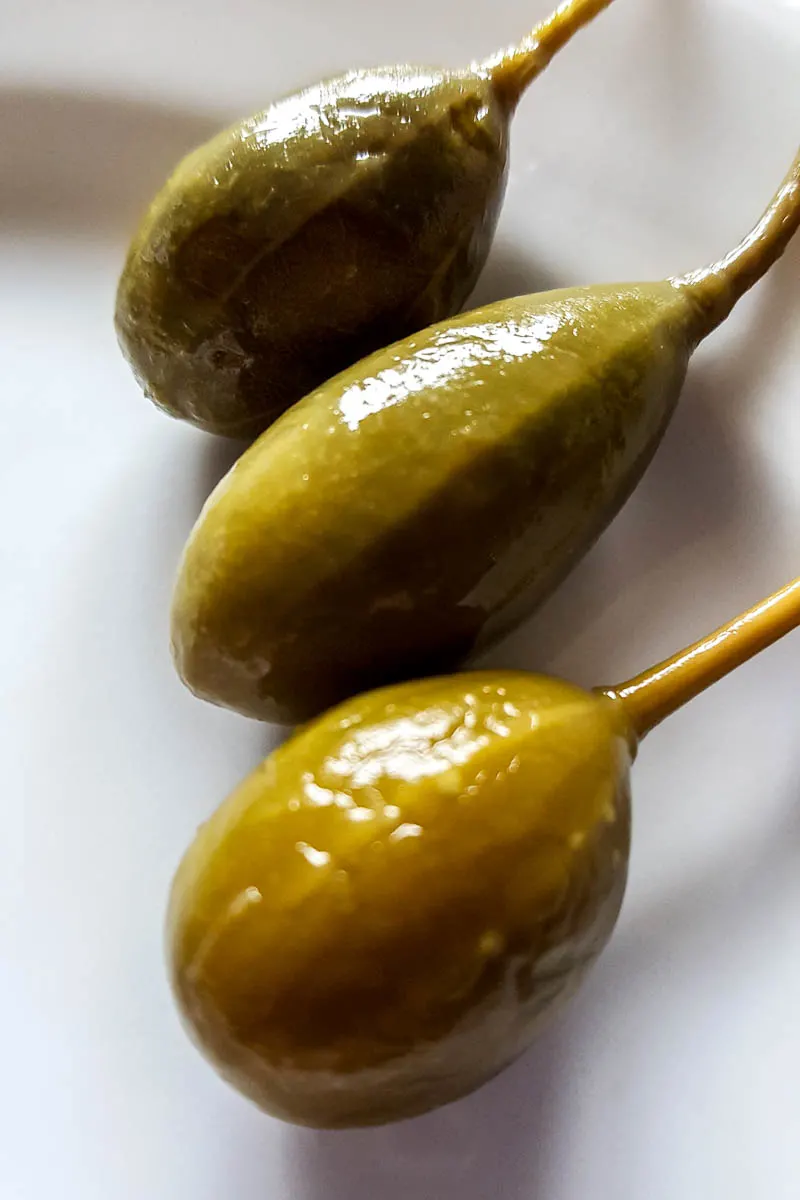
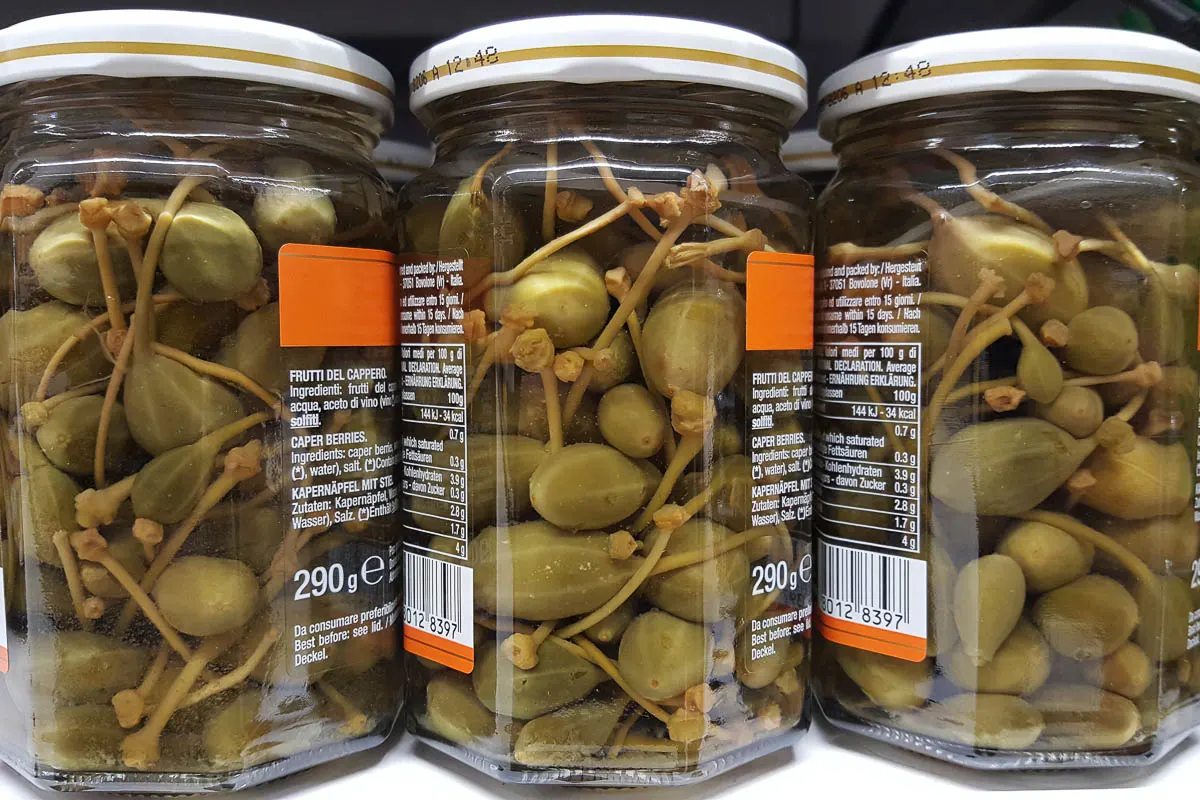
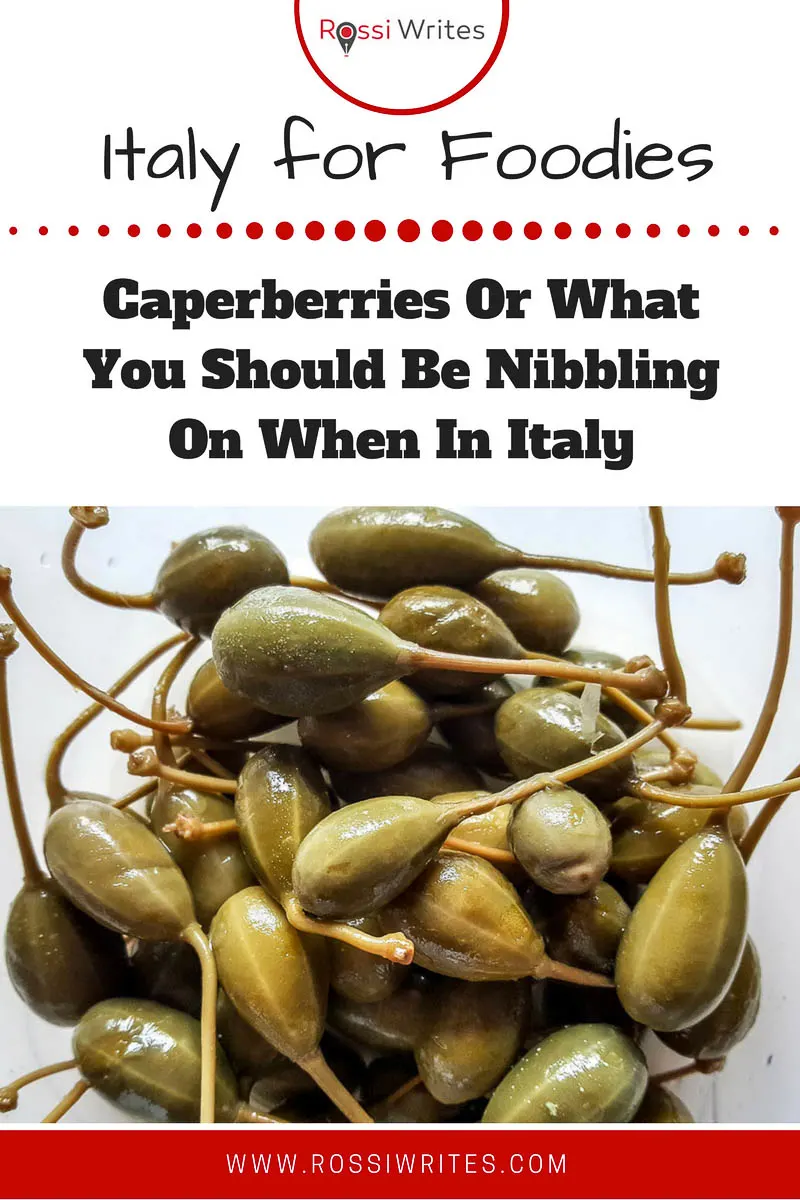
Elizabeth
Saturday 3rd of June 2023
Thank you so much for the information relating to Capeberries .They garnished a dish I had yeaserday and I had not had then previously tried them and loved the sensation. I have been to Italy a few times including Verona but have not seen them. I will search for them in local Delis whereI live .
admin
Saturday 3rd of June 2023
You are welcome! They are indeed very tasty. I saw them being sold in Tesco the other day, they were quite pricey - £3.50 for a small jar - but they are a nice addition to meals. Best wishes,
Rossi :)